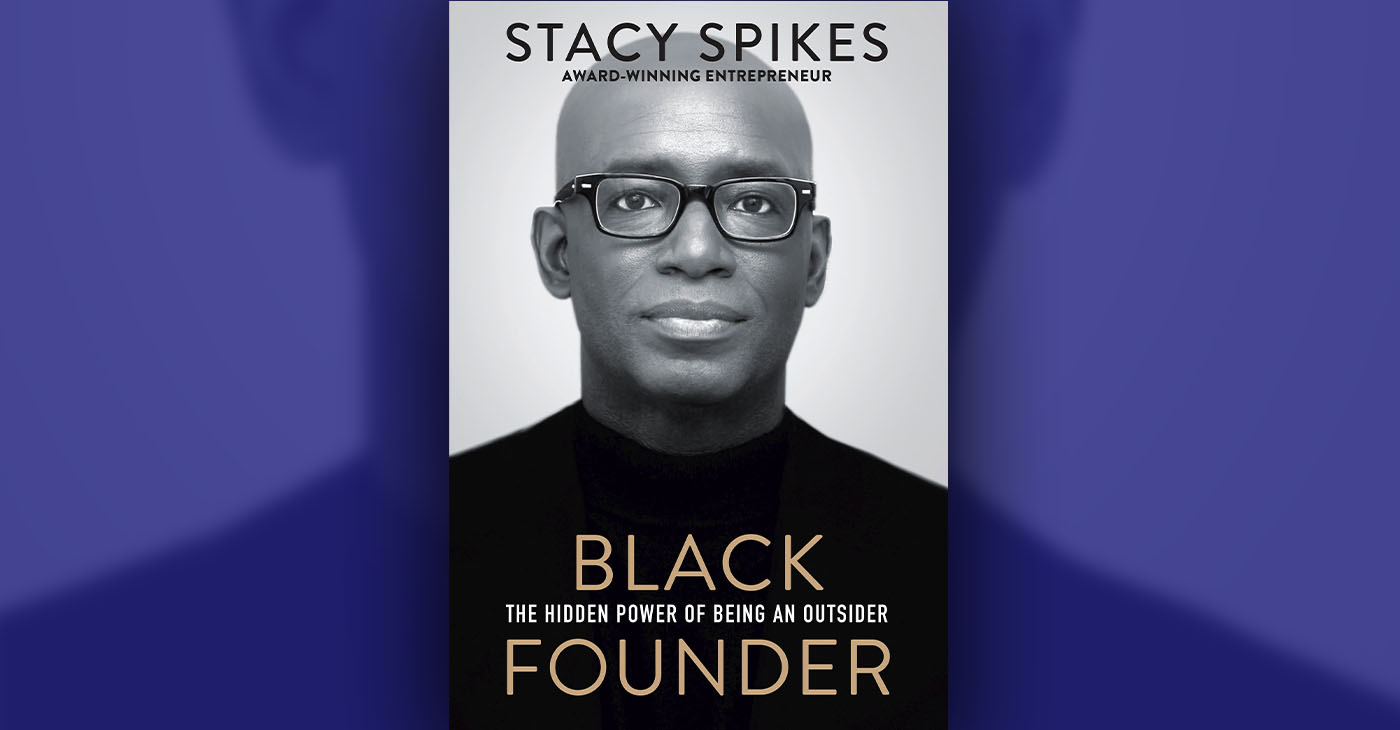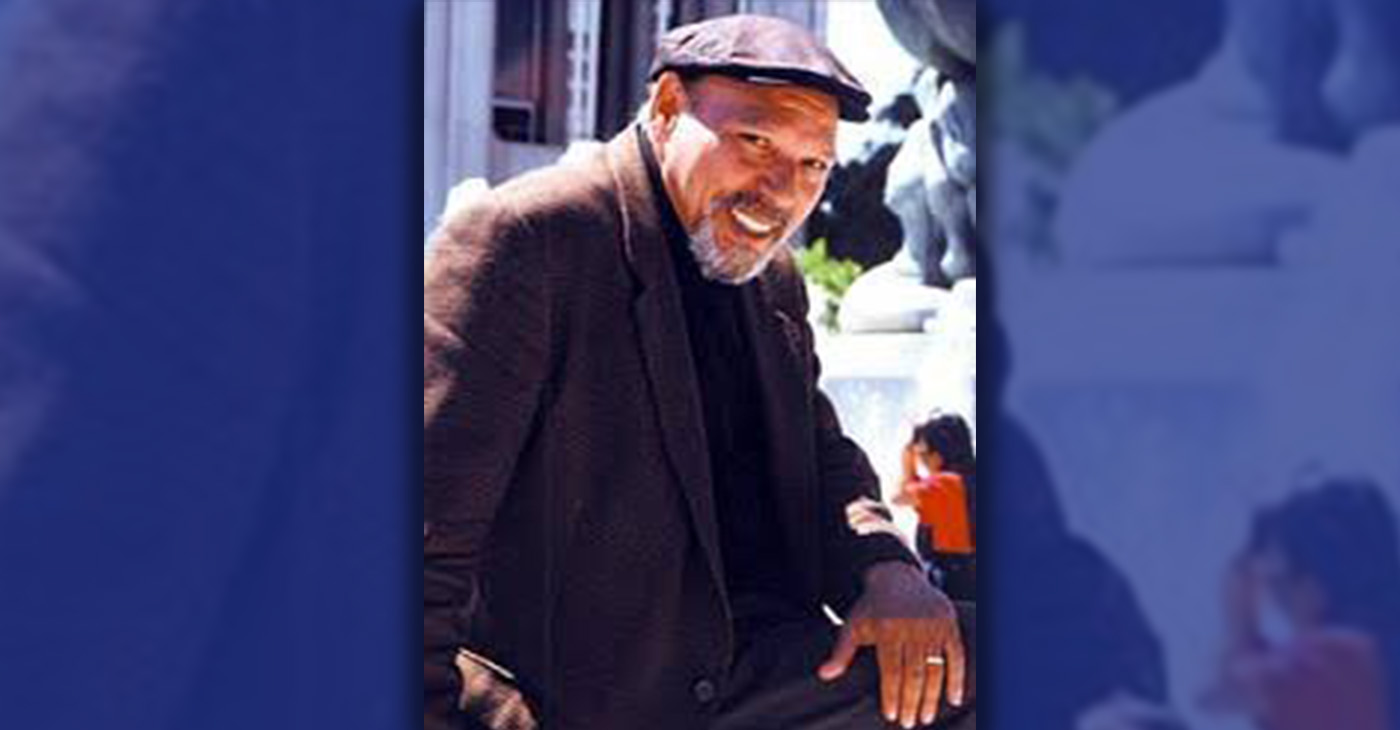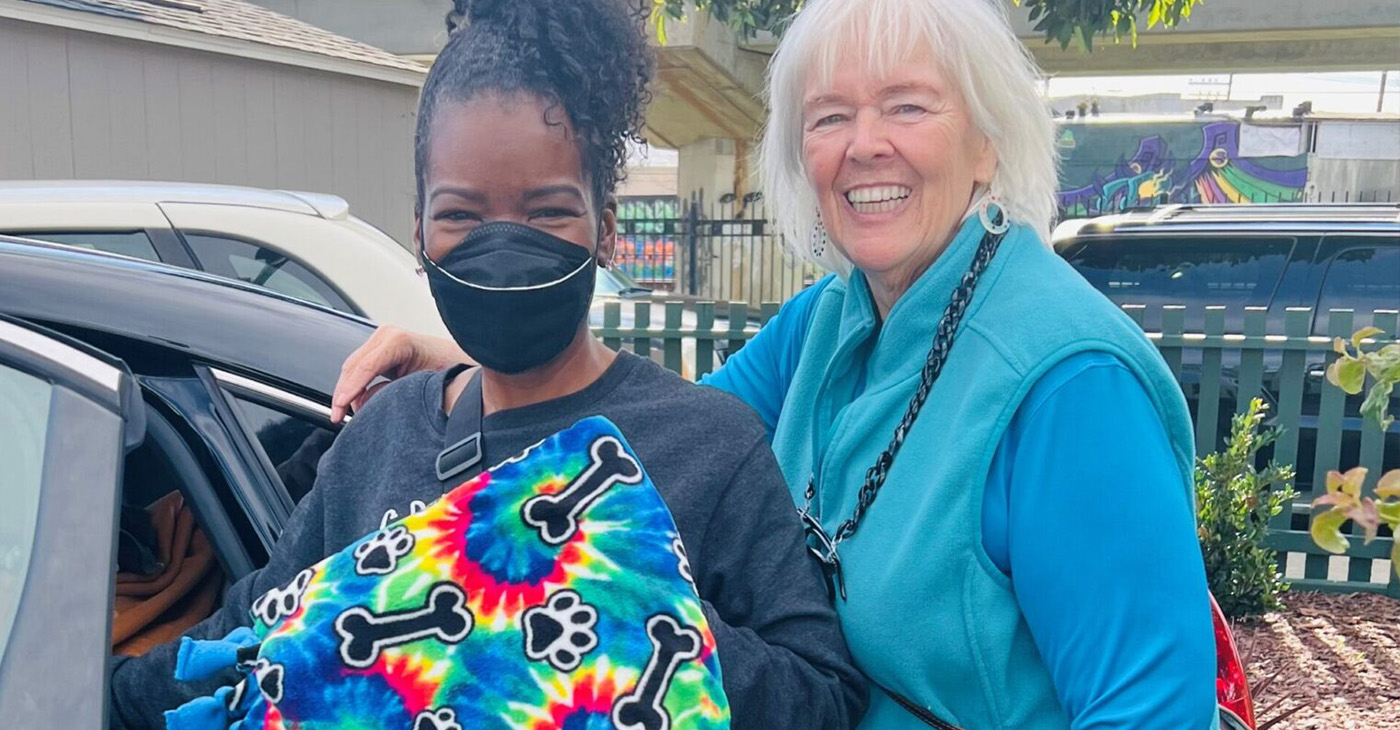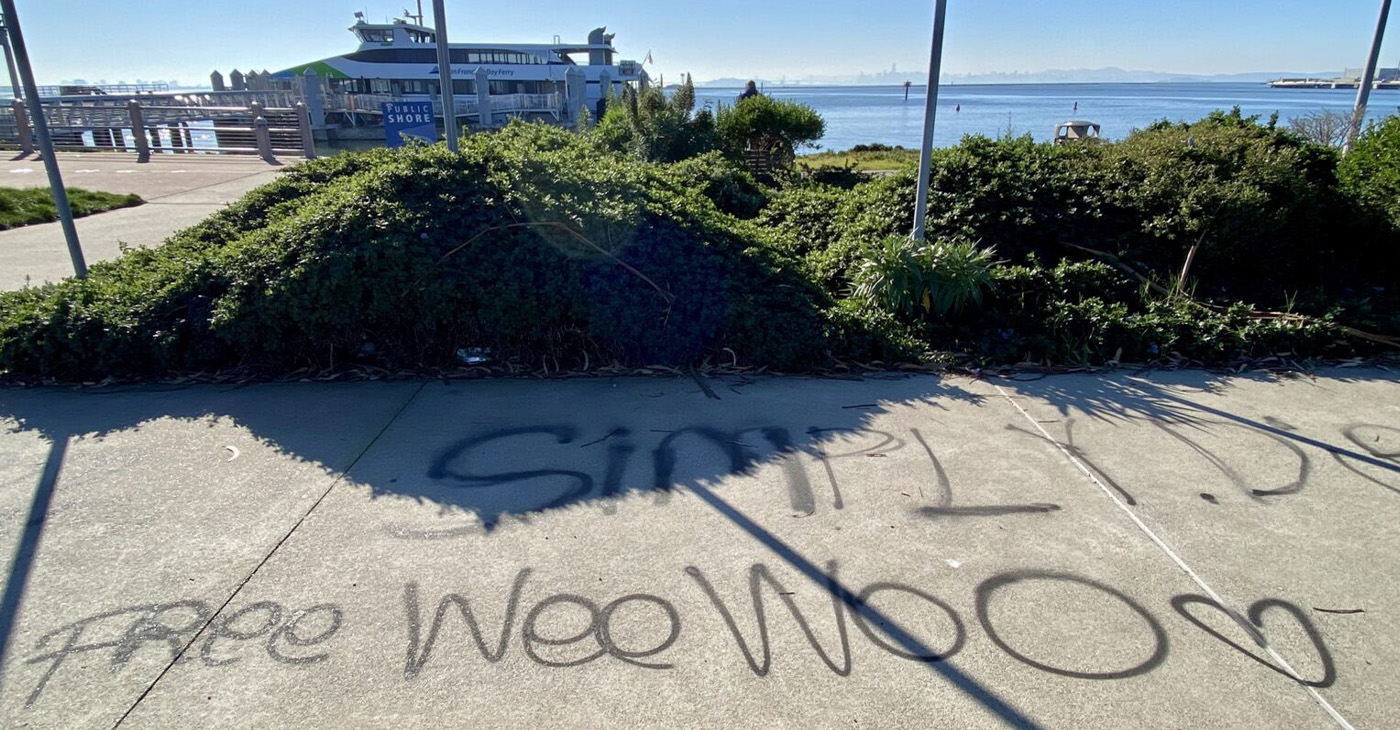Art
“Black Founder: The Hidden Power of Being an Outsider” by Stacy Spikes
Terri Schlichenmeyer, foundation, action, announcement, public sign, hoopties, heirlooms, industry, ideas, business, new book, “Black Founder” by Stacy Spikes, solid, high school graduation, horizon, Stacy Spikes Houston, Texas, dreams, Education, family, college, interest, Los Angeles, career, music, movies, California, drugs and alcohol abuse, Encino, mentored him, Black comedians, recording studio, album covers, Motown, sales, “Black Godfather”, Urbanworld Film Festival, MoviePass, business biography, entrepreneurial advice, author, meteoric rise, setbacks, personal, professional, struggle, hustle, catastrophic events, instruction, entertaining, read for fun, rags-to-riches story, “Never Far from Home” by Bruce Jackson, Brooklyn, public housing, robbery, drug dealers, overcome, inspiring, awe-striking

c.2023, Dafina, $28.00, 256 pages
By Terri Schlichenmeyer
A good building starts with a substantial foundation.
No matter where you go from there, that base is an opening action, an announcement, a public sign of things to come. Whether it’s a new home for humans, hoopties, heirlooms, or the future site of industry or ideas, the foundation is the start of something exciting. In a new business and as in the new book, “Black Founder” by Stacy Spikes, it needs to be solid.
With high school graduation on the horizon, Stacy Spikes was itching to move.
His hometown of Houston, Texas, had become “too small” to hold his dreams. Education was important in his family, but college held no interest to him either. Instead, he was going to Los Angeles to chase a career in music and movies.
He broke the news to his parents and, with $300 in his pocket, he drove northwest.
Once in California, Spikes quickly understood that he didn’t need a job, he needed several of them. Before he could get settled, though, he fell in with a bad crowd and was hospitalized to help him kick drugs and alcohol abuse.
He returned to a job he had working with a two-in-one company in Encino, making and packaging videos. The men he worked with mentored him; it was there that he learned the need to “go to extra lengths to meet [someone] in their field.”
Spikes took acting classes and absorbed as much as he could about old-time Black comedians. He built a recording studio in his home and learned to make album covers, which led him to a job at Motown, where he went into sales and learned how to make an impression. The “Black Godfather” taught him that it was possible to talk with anyone, Black or white, with honesty. And before he founded Urbanworld Film Festival and MoviePass, Motown helped him see that to succeed, “You didn’t need an army, just a small group of like-minded souls set on making a difference.”
Readers looking for a good business biography are in for a nice surprise when they read “Black Founder.” They’ll also get some entrepreneurial advice. It’s not bold-face or bulleted; you’ll have to look for it, but it’s in there.
“Transparency” is what author Stacy Spikes learned early, and it’s what he applies inside this book, which is refreshing. This isn’t a book about a meteoric rise; Spikes instead writes about setbacks, both personal and professional, and times of struggle. Readers can imagine a Parkour-like hustle that Spikes describes as he overcame seemingly catastrophic events and still landed with both feet; such tales serve to instruct as much as does the actual instruction.
Though it may seem to lag a bit — especially for older readers, or those who are unfamiliar with the businesses Spikes founded — “Black Founder” is entertaining enough to read for fun, with a side dish of instruction. Whether you’re ready to act now or you’re just finding your inner entrepreneur, to launch your idea, it’s a good base.
Here’s a rags-to-riches story for you: “Never Far from Home” by Bruce Jackson (Atria, $28) is the story of Jackson’s life. He was born in Brooklyn and lived his early life in public housing. At age ten, he was arrested for robbery (which he didn’t do) and he caught the attention of drug dealers. Knowing then that that wasn’t the kind of life he wanted, Jackson worked hard to overcome his background. His story is inspiring and awe-striking.
Activism
Griot Theater Company Presents August Wilson’s Work at Annual Oratorical Featuring Black Authors
The performance explores the legacy of Pulitzer Prize-winning playwright August Wilson whose 10-play Century Cycle chronicles the African American experience across the 20th century, with each play set in a different decade. “Half a Century” journeys through the final five plays of this monumental cycle, bringing Wilson’s richly woven stories to life in a way that celebrates history, resilience, and the human spirit.

By Godfrey Lee
Griot Theater Company will present their Fifth Annual Oratorical with August Wilson’s “Half a Century,” at the Belrose on 1415 Fifth Ave., in San Rafael near the San Rafael Public Library.
The performance explores the legacy of Pulitzer Prize-winning playwright August Wilson whose 10-play Century Cycle chronicles the African American experience across the 20th century, with each play set in a different decade. “Half a Century” journeys through the final five plays of this monumental cycle, bringing Wilson’s richly woven stories to life in a way that celebrates history, resilience, and the human spirit.
Previous performance highlighting essential Black American authors included Maya Angelou, James Baldwin, and Lorraine Hansberry with Langston Hughes.
The play will be performed at 3:00. p.m. on Feb. 20, 21, 22, 27, and 28 at 7:00 p.m., and on Feb. 23 at 3:00 p.m.
For more information, go to griottheatercompany.squarespace.com/productions-v2
Activism
MLK Day of Service Volunteers Make Blankets and Art for Locals in Need
“Everyone has an opportunity to participate,” said Glenda Roberts, kinship support care program manager at CCYSB. “Our nonprofit organization and participants recognize how important it is to give back to the community and this is serving. As Dr. Martin Luther King, Jr. stated, ‘Everybody can be great…because anybody can serve.’”

By Kathy Chouteau
The Richmond Standard
The Contra Costa Youth Service Bureau (CCYSB) and Bethlehem Missionary Baptist Church (BMBC) are collaborating with a team of volunteers for a Dr. Martin Luther King, Jr. Day of Service, Monday, Jan. 20 that will wrap the community’s most vulnerable people in warm blankets and provide them with an uplifting gift of art.
Volunteers will kick off their activities at BMBC at 11 a.m., making blankets for the unhoused people served by the Greater Richmond Interfaith Program (GRIP) and art for those in convalescence in Richmond.
Others will get to work preparing a lunch of chili, salad, a veggie tray, and water for participants, offered courtesy of CCYSB, while supplies last.
“Everyone has an opportunity to participate,” said Glenda Roberts, kinship support care program manager at CCYSB. “Our nonprofit organization and participants recognize how important it is to give back to the community and this is serving. As Dr. Martin Luther King, Jr. stated, ‘Everybody can be great…because anybody can serve.’”
“People of all ages are welcome to participate in the MLK Day of Service,” said Roberts. Volunteers can RSVP via phone to Glenda Roberts at 510-215-4670, ext. 125.
CCYSB Boardmember Jackie Marston and her friends donated the materials and supplies to make the blankets and art projects. The nonprofit is also providing the day’s complimentary lunch, as well as employees to volunteer, under the direction of CCYSB Executive Director Marena Brown.
BMBC, led by Rev. Dr. Carole McKindley-Alvarez, is providing the facility for the event and volunteers from the church, which is located at 684 Juliga Woods St. in Richmond.
Located in Richmond, CCYSB is a nonprofit youth advocacy organization that serves eligible children, youth, and low-income families with a variety of wraparound services so they can thrive. Programs include academic achievement, youth mentorship, truancy prevention and direct response.
Art
Vandalism at Richmond Ferry Terminal Saddens Residents
Residents have been lamenting the destruction online. Ellen Seskin posted photos of the vandalism to the Facebook group, Everybody’s Richmond, on Jan. 12, saying she encountered it while out on a walk. “It was on the sidewalk, the street, the doors to the ferry, even in the art installation and the ‘stone’ benches,” she said. “I reported it but knowing how slow they are about getting things done — I just know that the longer you leave graffiti, the more likely they are to spray it again.”

The Richmond Standard
“This is why we can’t have nice things,” stated the post on NextDoor.
The post referenced images of graffiti at the Richmond Ferry Terminal. Not just on the terminal, but also on public artwork, on trail signs, on public benches and the boardwalk.
On Wednesday, the Standard stopped by to see it for ourselves. The good news was that it appears the graffiti on the terminal and on the artwork, called Changing Tide, have been cleaned for the most part. But graffiti remained abundant in the area around the relatively new ferry terminal, which opened to the public just six years ago.
Graffiti artists tagged benches and the boardwalk. Cars that had done doughnuts in the street marked the cul-de-sac just outside the historic Craneway Pavilion.
A ferry worker told us the graffiti had been there since before he started working for the ferry service about a week ago.
A member of the Army Corps of Engineers who did not want to be named in this report called the scene “sad,” as “they’d done such a nice job fixing it up.”
“It’s sad that all this money has been spent and hoodlums just don’t care and are destroying stuff,” he said.
It wasn’t immediately clear how soon the graffiti would be removed. The Standard reported the graffiti to the city’s graffiti abatement hotline. We were prompted to leave a message reporting the address and location of the graffiti.
Residents have been lamenting the destruction online. Ellen Seskin posted photos of the vandalism to the Facebook group, Everybody’s Richmond, on Jan. 12, saying she encountered it while out on a walk.
“It was on the sidewalk, the street, the doors to the ferry, even in the art installation and the ‘stone’ benches,” she said. “I reported it but knowing how slow they are about getting things done — I just know that the longer you leave graffiti, the more likely they are to spray it again.”
In the comment section responding to Seskin’s post, local attorney Daniel Butt questioned why there aren’t cameras in the area.
On Nextdoor, one resident suggested searching to see if the tags match any accounts on Instagram, hoping to identify the perpetrator.
On its website, the City of Richmond says residents should graffiti immediately call Public Works graffiti removal and/or Code Enforcement at 510-965-4905.
Kathy Chouteau contributed to this report.
-

 Activism4 weeks ago
Activism4 weeks agoOakland Post Endorses Barbara Lee
-

 Activism3 weeks ago
Activism3 weeks agoOakland Post: Week of April 2 – 8, 2025
-

 #NNPA BlackPress3 weeks ago
#NNPA BlackPress3 weeks agoTrump Profits, Black America Pays the Price
-

 Activism2 weeks ago
Activism2 weeks agoOakland Post: Week of April 9 – 15, 2025
-

 #NNPA BlackPress3 weeks ago
#NNPA BlackPress3 weeks agoHarriet Tubman Scrubbed; DEI Dismantled
-

 #NNPA BlackPress3 weeks ago
#NNPA BlackPress3 weeks agoTrump Targets a Slavery Removal from the National Museum of African-American History and Culture
-

 #NNPA BlackPress3 weeks ago
#NNPA BlackPress3 weeks agoLawmakers Greenlight Reparations Study for Descendants of Enslaved Marylanders
-

 #NNPA BlackPress3 weeks ago
#NNPA BlackPress3 weeks agoNew York Stands Firm Against Trump Administration’s Order to Abandon Diversity in Schools






















































